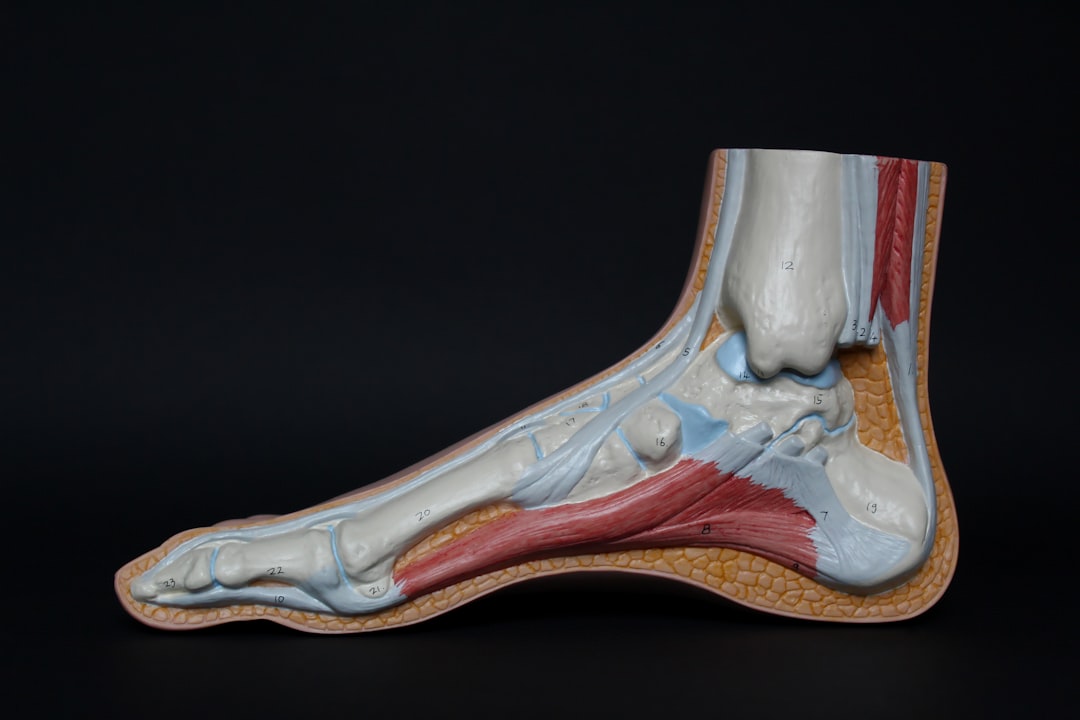What is it about?
Tetrahydroisoquinoline derivatives containing embedded urea functions were identified as selective TRPM8 channel receptor antagonists. Structure−activity relationships were investigated, with the following conclusions: (a) The urea function and the tetrahydroisoquinoline system are necessary for activity. (b) Bis(1-aryl-6,7dimethoxy-1,2,3,4- tetrahydroisoquinolyl)ureas are more active than compounds containing one tetrahydroisoquinoline ring and than an open phenetylamine ureide. (c) Trans compounds are more active than their cis isomers. (d) Aryl substituents are better than alkyls at the isoquinoline C-1 position. (e) Electron-withdrawing substituents lead to higher activities. The most potent compound is the 4-F derivative, with IC50 in the 10−8 M range and selectivities around 1000:1 for most other TRP receptors. Selected compounds were found to be active in reducing the growth of LNCaP prostate cancer cells. TRPM8 inhibition reduces proliferation in the tumor cells tested but not in nontumor prostate cells, suggesting that the activity against prostate cancer is linked to TRPM8 inhibition.
Featured Image
Read the Original
This page is a summary of: Tetrahydroisoquinoline-Derived Urea and 2,5-Diketopiperazine Derivatives as Selective Antagonists of the Transient Receptor Potential Melastatin 8 (TRPM8) Channel Receptor and Antiprostate Cancer Agents, Journal of Medicinal Chemistry, June 2016, American Chemical Society (ACS),
DOI: 10.1021/acs.jmedchem.5b01448.
You can read the full text:
Contributors
The following have contributed to this page










